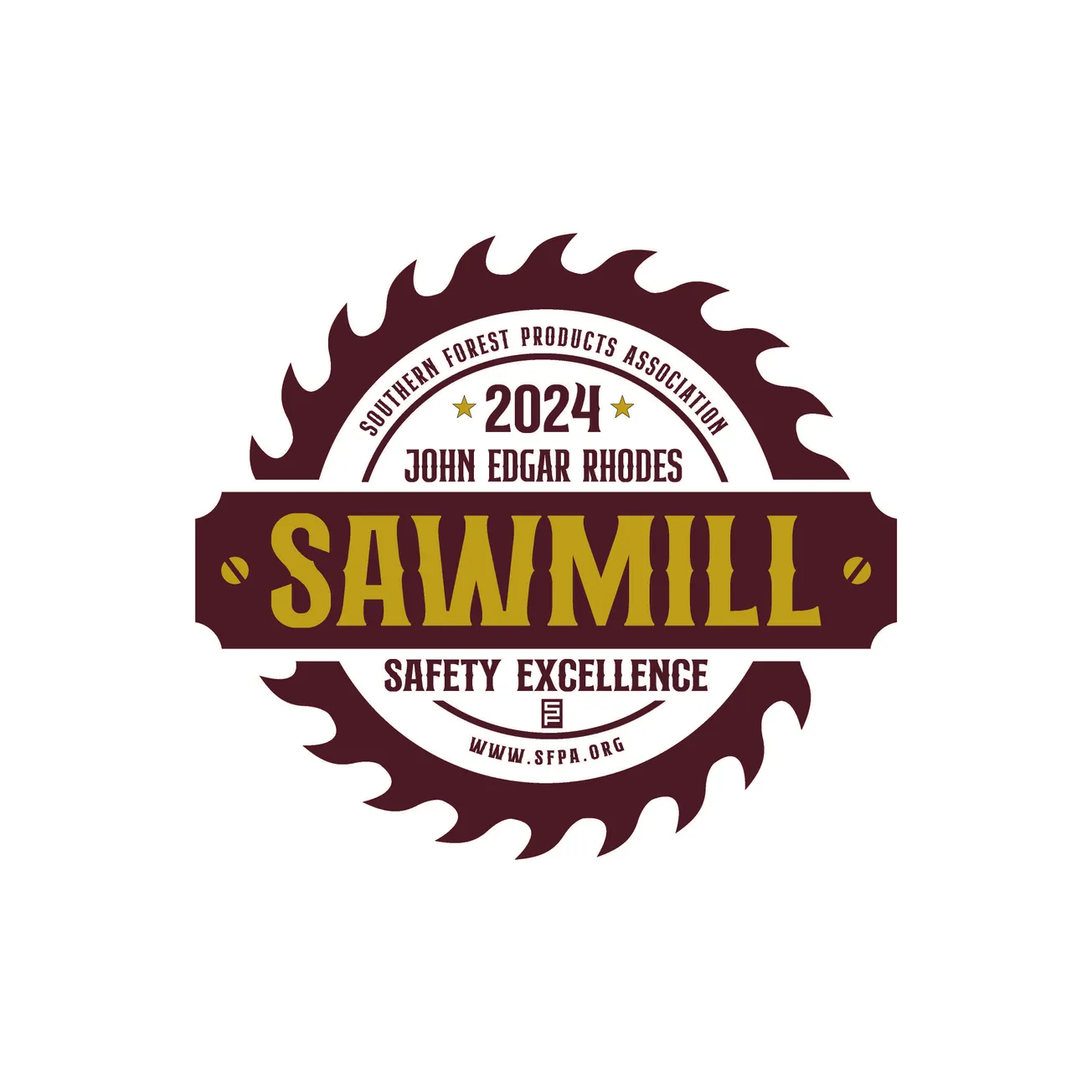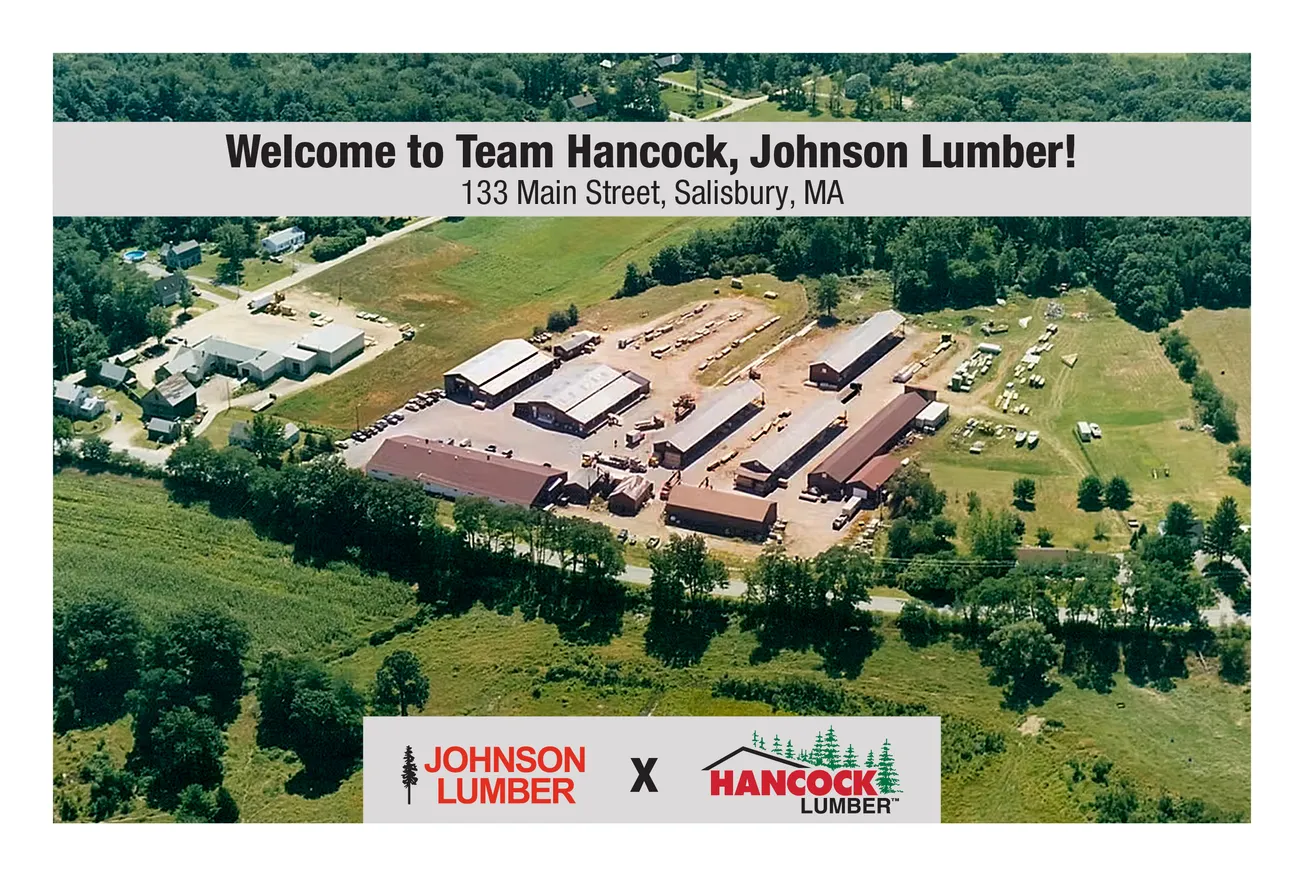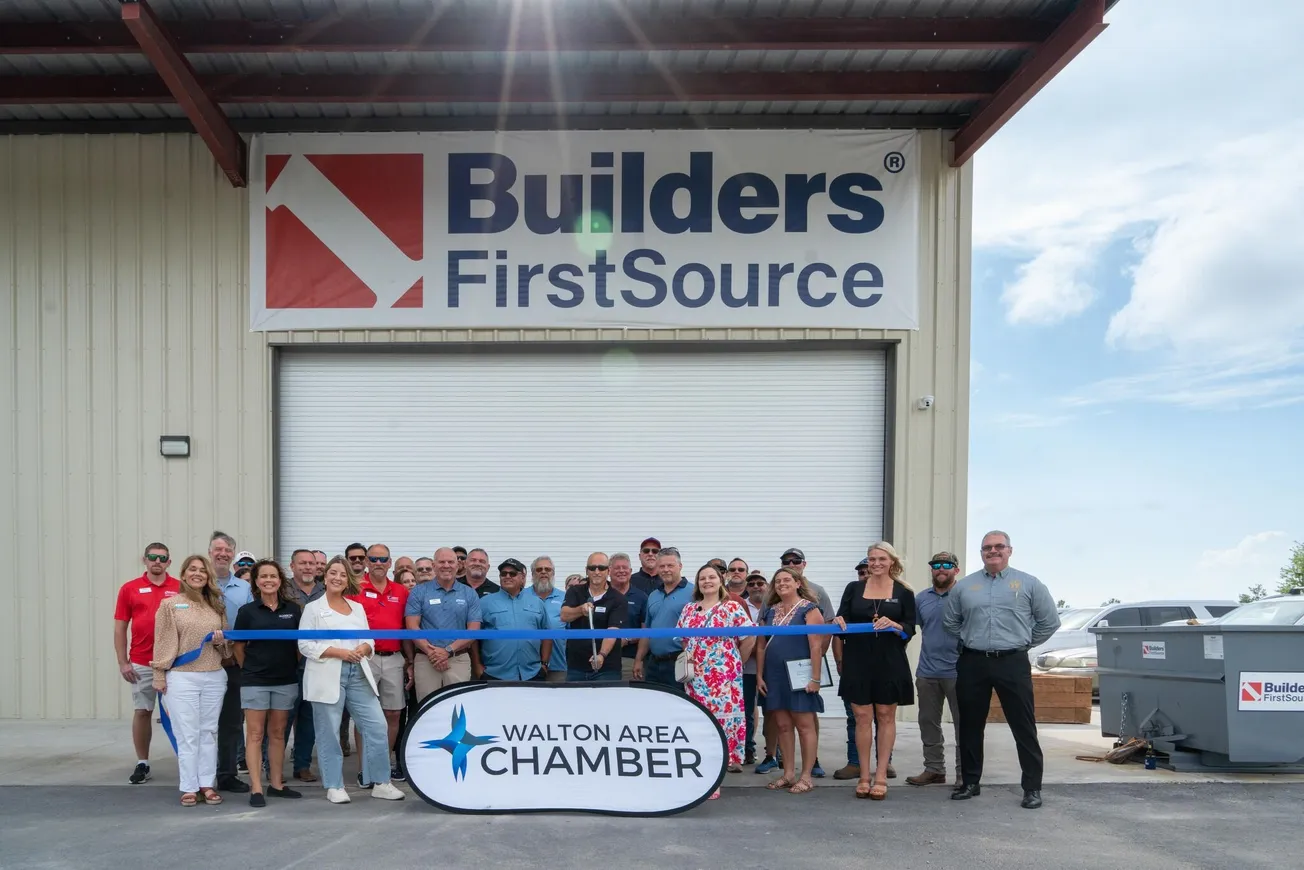Table of Contents
We build relationships with our customers one call at a time. Our goal is to daisy-chain these calls together to make the process faster. Many salespeople call their customers in a willy-nilly fashion. This creates willy-nilly results. We want to become part of our customer’s lives, similar to the mail carrier. We are someone they see on a regular basis who they count on. Once we are in their “life rotation,” we will become part of their “purchasing rotation.”
Prospecting
When we prospect, we will get very few buyers on the phone the first (or second, or third) time we call. We don’t robo-dial accounts. This sends the message that we are desperate and is irritating to the buyer.
We call the prospective account on the same day, at the same time, over a series of weeks, sometimes every other week. We leave a professional message: “Good morning, Sarah, this is Bob Johnson from ABC Lumber. We sell building products to the most competitive companies just like you in the Southeast. I would love to take a couple minutes to speak with you and see if we are a good fit. Please, give me a call at 1-800-Killing-It-In-Lumber. I look forward to speaking with you.”
We keep the message short. We tell them that we are selling a lot of what they buy to competitive accounts in their region. A very low percentage will call back. Our message is a “marketing” or “image” message. We want to sound confident, get to the point and hang up. We don’t over-explain.
Our second message is similar: “Good morning, Sarah. This is Bob Johnson from ABC Lumber. I am following up from my call last week. We continue to sell a ton of building products in the Southeast. Please give me a call at…”
We do not whine. “You must be a busy person. You sure are hard to get a hold of…,” or any other similar remarks. We are killing it. We are busy. (That’s why we only call once a week or once every other week.)
We do begin to develop a relationship with the receptionist or the yard supervisor: “Sarah. Julie tells me that Thursday mornings before 9 is the best time to get a hold of you so I will call next Thursday at 8:15. I look forward to speaking with you then.”
Inquiry
We take a thorough inquiry from our customer, then we set a firm appointment to call back: “David. Give me a half hour to prepare a professional quote for you. When should I call you back?” Or “David, when do you get back from lunch? OK, I will call you at 12:45 and we will put this one together.”
If they are flaky or elusive, we use the “Double Pin”:
Us: “David, I’ll call you at 12:45, OK?”
David: “Sounds good.”
Us: “So you’ll be available at 12:45, right? Hey, by the way, do I have your cell phone?”
We use two more important questions before we hang up on an inquiry call:
Us: “David. Can I ask you a favor?”
David: “Sure.”
Us: “Will you talk to me before you buy this?”
We use this sequence every time.
Closing
Whether we get the order or not, we set up the next call. When most sellers get or lose an order, they quickly move to “So is there anything else you are buying?”
The Master Seller digs in on this order (whether they won the business or not). After a missed order:
Master Seller: “Darn it. OK. So, you bought it already. By the way (no big deal tone), what did you pick that up for? How long will that last you? If I could get you one for extended shipment, would you buy another one from me?”
One out of 10 buyers will say yes. Ten percent is a great percentage, especially compared to zero. Even if they say no, we now know what they paid and when they will need the product again. The execution is the same if they buy from us, except we thank them and ask the same questions.
For most sellers every call is a stab in the dark. Master Sellers know what is going to happen on every call because they always set up the next call.









